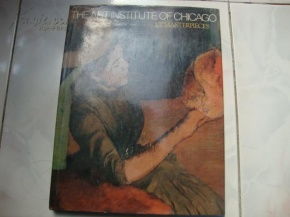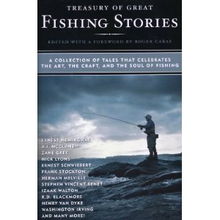
Content:
Fishing, an age-old pastime, offers a serene escape from the hustle and bustle of everyday life. One of the fundamental skills in fishing is mastering the art of casting. Whether you're a beginner or looking to refine your technique, learning how to cast effectively can significantly enhance your fishing experience. In this article, we will delve into the intricacies of fishing rod techniques, providing you with a comprehensive guide on how to learn and perfect the art of casting.
Understanding the Basics
Before diving into the technical aspects of casting, it's crucial to understand the basic components of a fishing rod and reel. A fishing rod is designed to transfer the energy from your hand to the line, while the reel is responsible for storing and managing the line. Familiarize yourself with these components, as they play a pivotal role in the casting process.
Choosing the Right Equipment
The first step in learning how to cast is selecting the appropriate equipment. Here are some factors to consider when choosing a fishing rod and reel:
- Rod Length: A longer rod allows for greater casting distance, while a shorter rod is more maneuverable in tight spaces.
- Rod Action: The action of a rod refers to how it bends when pressure is applied. Fast-action rods are ideal for casting lighter lures, while slow-action rods are better for heavier lures and longer casts.
- Reel Size: The size of the reel should match the size of your rod and the type of fishing you plan to do. Larger reels are suitable for heavier lines and lures.
- Line Type: Choose a line that suits the type of fishing you're doing. Monofilament, fluorocarbon, and braided lines each have their advantages and disadvantages.
The Casting Process
Now that you have the right equipment, let's break down the casting process into manageable steps:
- Load the Reel: Begin by loading your reel with the appropriate line. Ensure that the line is evenly distributed and that the spool is level.
- Positioning: Stand with your feet shoulder-width apart and hold the rod with both hands. Point the rod tip slightly upward to form a "V" shape with the line.
- Backcast: Begin by taking a backhand grip on the rod and, with a smooth, continuous motion, pull the rod back over your head. As you do this, let the line unwind from the reel, maintaining tension on the line.
- Stop the Backcast: Once the rod has reached the desired backcast distance, quickly pull your index finger across the line to stop the rod's motion. This action should create a loop in the line.
- Forward Cast: With the rod still in the "V" shape, smoothly bring the rod forward, allowing the line to unwind from the reel. As the rod passes your head, release your index finger to allow the line to follow the rod's path.
- Adjusting the Cast: Pay attention to the direction and height of the line as it flies through the air. Make adjustments to your grip, wrist, and arm position to control the cast.
Advanced Techniques
Once you've mastered the basic casting process, you can explore advanced techniques to improve your casting skills:
- Roll Cast: Ideal for casting in tight spaces, the roll cast involves rolling the line off the tip of the rod instead of letting it unwind.
- Trolling: Trolling is a technique used to move a lure at a steady speed behind a boat. Learn how to cast and retrieve your lure effectively while maintaining a consistent speed.
- Fly Casting: Fly fishing requires a different approach to casting, as you're casting a weighted fly line with a leader and fly attached. Practice the various casts, such as the forward cast, roll cast, and spey cast, to become proficient in fly fishing.
Practical Tips
To improve your casting technique, consider the following tips:
- Practice Regularly: Like any skill, casting requires consistent practice. Dedicate time each day to practice different casting techniques.
- Focus on Your Form: Pay attention to your grip, wrist, and arm movements. A consistent form is essential for accurate casting.
- Stay Patient: Learning to cast effectively takes time. Be patient with yourself and don't get discouraged by initial challenges.
- Seek Guidance: If possible, find a mentor or join a fishing club to receive personalized advice and feedback on your technique.
In conclusion, mastering the art of casting is a vital skill for any angler. By understanding the basics, choosing the right equipment, and practicing regularly, you can develop proficient fishing rod techniques. With dedication and patience, you'll soon be casting with confidence and enjoying the thrill of the catch. Happy fishing!












